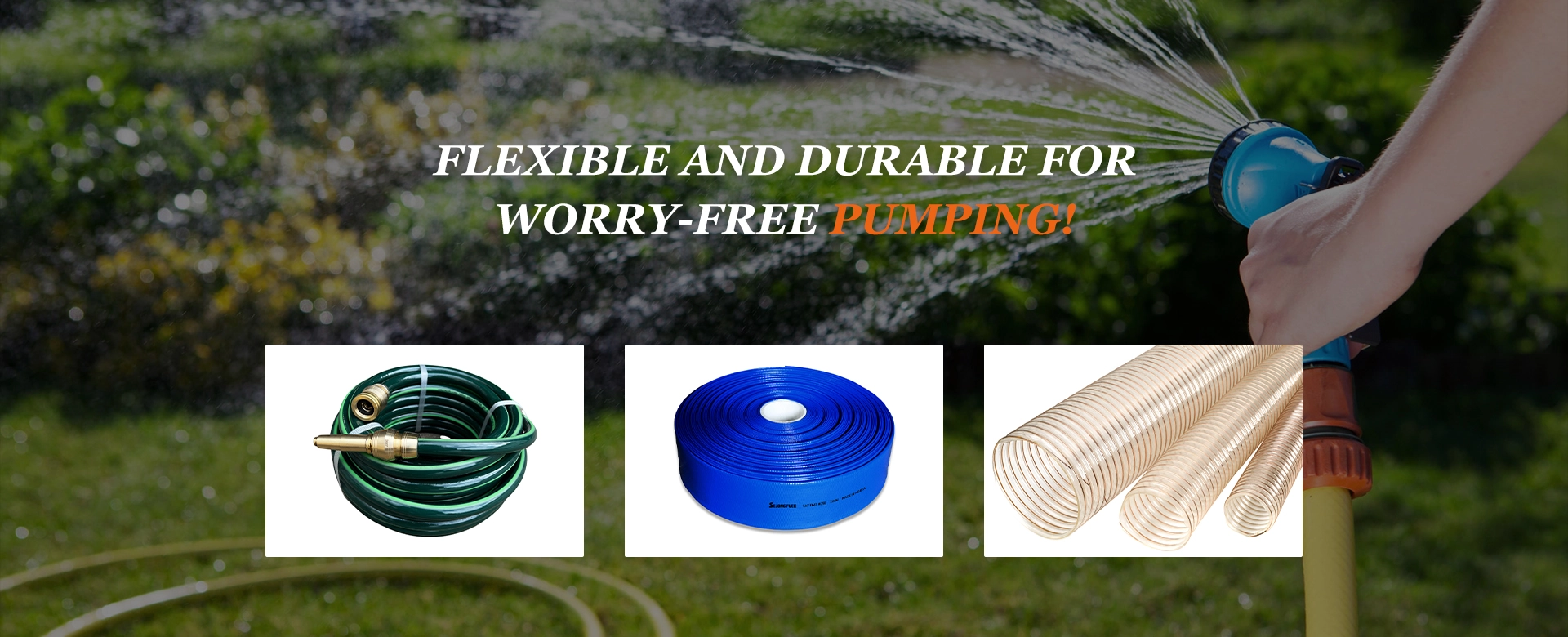Comparison of Suction Hose and Discharge Hose Functions and Applications in Fluid Transfer
Suction Hose vs. Discharge Hose Understanding Their Differences and Uses
When it comes to fluid transfer systems, hoses play a crucial role in ensuring that liquids are moved efficiently and effectively. Among the various types of hoses used in these systems, suction hoses and discharge hoses are two of the most common. While they may seem similar, they have distinct purposes, designs, and applications that set them apart. Understanding these differences is essential for selecting the right hose for your specific needs.
What Is a Suction Hose?
A suction hose is specifically designed to draw fluids toward a pump or other machinery. It is typically used in applications where the fluid needs to be sucked into the system, such as in vacuum systems, drainage tasks, or when transferring water from one location to another. Suction hoses are generally self-priming, meaning they can create a vacuum to facilitate the movement of fluid without needing a separate priming mechanism.
One of the key characteristics of suction hoses is their ability to withstand negative pressure. They are constructed with reinforced materials that prevent collapsing under this vacuum pressure. A common material used for suction hoses is PVC (Polyvinyl Chloride), which is lightweight and flexible, making it easy to maneuver. However, more heavy-duty applications may require hoses made from rubber or other reinforced compounds to withstand harsher conditions.
What Is a Discharge Hose?
On the other hand, a discharge hose is designed to carry fluids away from a pump or reservoir after they have been moved. Discharge hoses are used in various applications, such as irrigation systems, wastewater management, and industrial processes. Unlike suction hoses, which handle negative pressure, discharge hoses are built to manage positive pressure, which is the pressure exerted by the liquid being pushed through the hose.
Discharge hoses tend to be thicker and more robust than suction hoses, as they must withstand higher pressures without bursting. They are often made from materials like rubber, which provides durability and flexibility. The inner lining of a discharge hose is usually designed to reduce friction, allowing for smooth fluid movement and minimizing wear and tear over time.
suction hose vs discharge hose

Key Differences Between Suction and Discharge Hoses
1. Function The primary distinction between suction and discharge hoses is their function. Suction hoses draw fluids into a system, while discharge hoses push fluids out.
2. Pressure Handling Suction hoses are designed to cope with negative pressure, whereas discharge hoses handle positive pressure. This difference in pressure handling influences their construction and materials.
3. Material and Design Suction hoses often feature a more flexible design to facilitate bending and positioning, whereas discharge hoses are typically sturdier, designed to resist bursting due to internal pressure.
4. Applications Suction hoses are commonly used in drainage and vacuum systems, while discharge hoses are widely employed in irrigation, waste removal, and industrial fluid transfer operations.
Choosing the Right Hose
Selecting the appropriate hose for your specific application is vital for ensuring efficiency and safety. When making a decision, consider the type of fluid being transferred, the operating pressure, and any environmental conditions the hose may encounter. Additionally, be mindful of the hose's diameter, as this will affect flow rates and the overall performance of your fluid transfer system.
In conclusion, both suction and discharge hoses are essential components in fluid transfer applications, each designed for specific roles. Understanding their differences will empower you to make informed decisions, ensuring optimal performance and longevity in your fluid management systems.
-
Top Quality Oxy Acetylene Hoses for Sale Fit for Welding DemandsNewsJul.28,2025
-
The Future of Pneumatic Air Tubes in IndustryNewsJul.28,2025
-
Superior and Reliable LPG Hose Pipe Solutions for Every NeedNewsJul.28,2025
-
Exceptionally Durable and Versatile Premium Braided PVC TubingNewsJul.28,2025
-
Best Adapters for Connecting Garden Hose to PVC Pipe ConnectionsNewsJul.28,2025
-
The Essential Role of LPG Hoses in Safe and Efficient Gas DistributionNewsJul.16,2025














